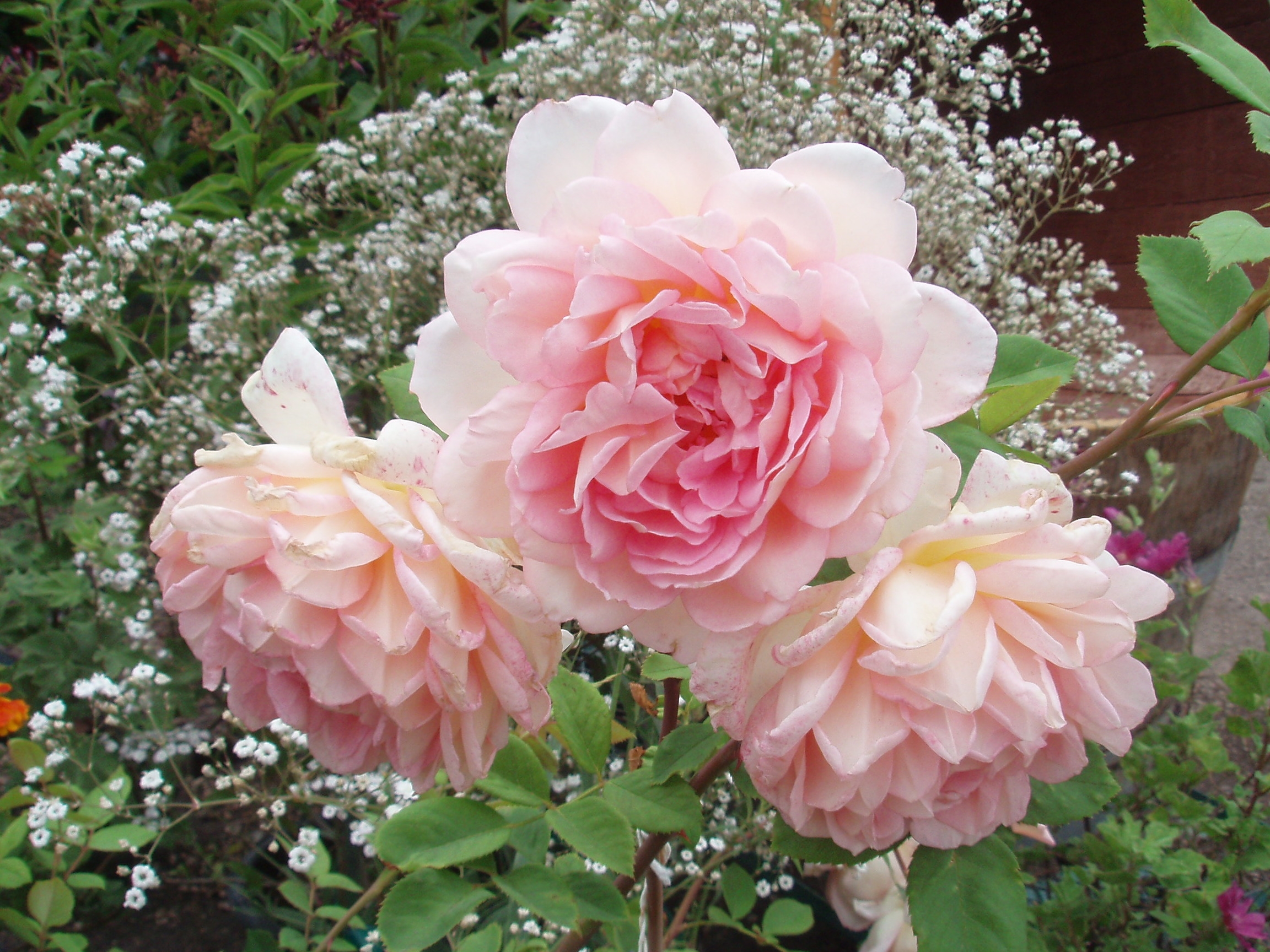Time to take a break from heavy gardening tasks and enjoy the fruits of your labor. Check vegetable gardens daily for ripe produce to be sure you are harvesting them at their peak. Keep faded flowers picked regularly to prolong bloom. Inspect fruit trees for luscious ripening fruit to be picked at just the right time.
How do you know when fruit or nuts are ready to harvest? It’s not as easy as picking zucchini or tomatoes. Take apples, for instance. Apples approaching maturity may be broken off easily from the spur. Do not pull an apple downward or you may damage the spur. Twist it upward with a rotating motion. When a few non-wormy apples fall to the ground, this is a sign that fruit is nearly ripe. Check inside. Apples are ripe when their seeds turn dark brown to black. If you prefer tart apples, harvest them a little earlier.
What about that plum tree loaded with fruit? For best quality, plums should remain on the tree until firm-ripe. This stage is often very difficult to determine. The best guide to ripening is to watch for softening fruit that is fully colored. When they are ripe, the plum stem will easily separate from the spur or branch when the fruit is gently lifted. Early maturing varieties like Santa Rosa should be picked 2-3 times per season taking the ripest at each harvest. Late maturing varieties like Golden Nectar can be picked all at one time or at two pickings spaced about a week or ten days apart. Burgundy plums have the best of both worlds. Ripening in early July, the fruit holds well on the tree until mid-August and can be picked over a long period before it drops to the ground and is lost.
Pears are unlike most other fruit. They are best when ripened off the tree. Pick fruit when they have reached mature size and are just starting to lose their green color. Don’t let them soften or turn entirely yellow before harvesting. Bartlett pears are usually harvested sometime in August. This variety ripens on its own without cold storage. Buerre d’Anjou , Bosc, Comice, Monterrey and other varieties are usually harvested in September or October, placed in a plastic bag and refrigerated for at least 2 weeks, then brought out to ripen at room temperature. To harvest pears, lift up fruit until the stem separates from the spur; do not pull or twist. If the stem does not break easily from the spur, allow fruit to ripen for a few more days.
Each fruit and nut has an optimum harvesting time. If you are unsure about your tree, email me and I can tell you about yours.
After harvesting, fertilize your trees one last time with an organic fertilizer formulated specifically for fruit trees. All that fruit takes energy to produce. Plants make their own food by photosynthesis, recombining carbon, oxygen and hydrogen atoms from water and air with energy from sunlight. They also need small amounts of other elements, such as nitrogen, phosphorus and potassium, just as we need certain vitamins and minerals in addition to protein and carbohydrates. Feed your soil with compost and organics like blood meal, feather meal, bone meal, chicken manure, bat guano, alfalfa meal and kelp meal. Organic fertilizers have soil microbes to help insure that more nutrients are available to your trees. They contain mycorrhizal fungi– beneficial organisms which colonize the roots of most plant and become a natural extension of the root system. These organisms serve to enhance the absorption of many nutrients as well as promoting drought resistance. Organic fertilizers also contain humic acid that provides carbon for the microbes in order to help them propagate and do their work.
Apple trees live for 60 years, plum trees can live for 40 years and pears for 75 years. Take care of your trees and they’ll take care of you.

